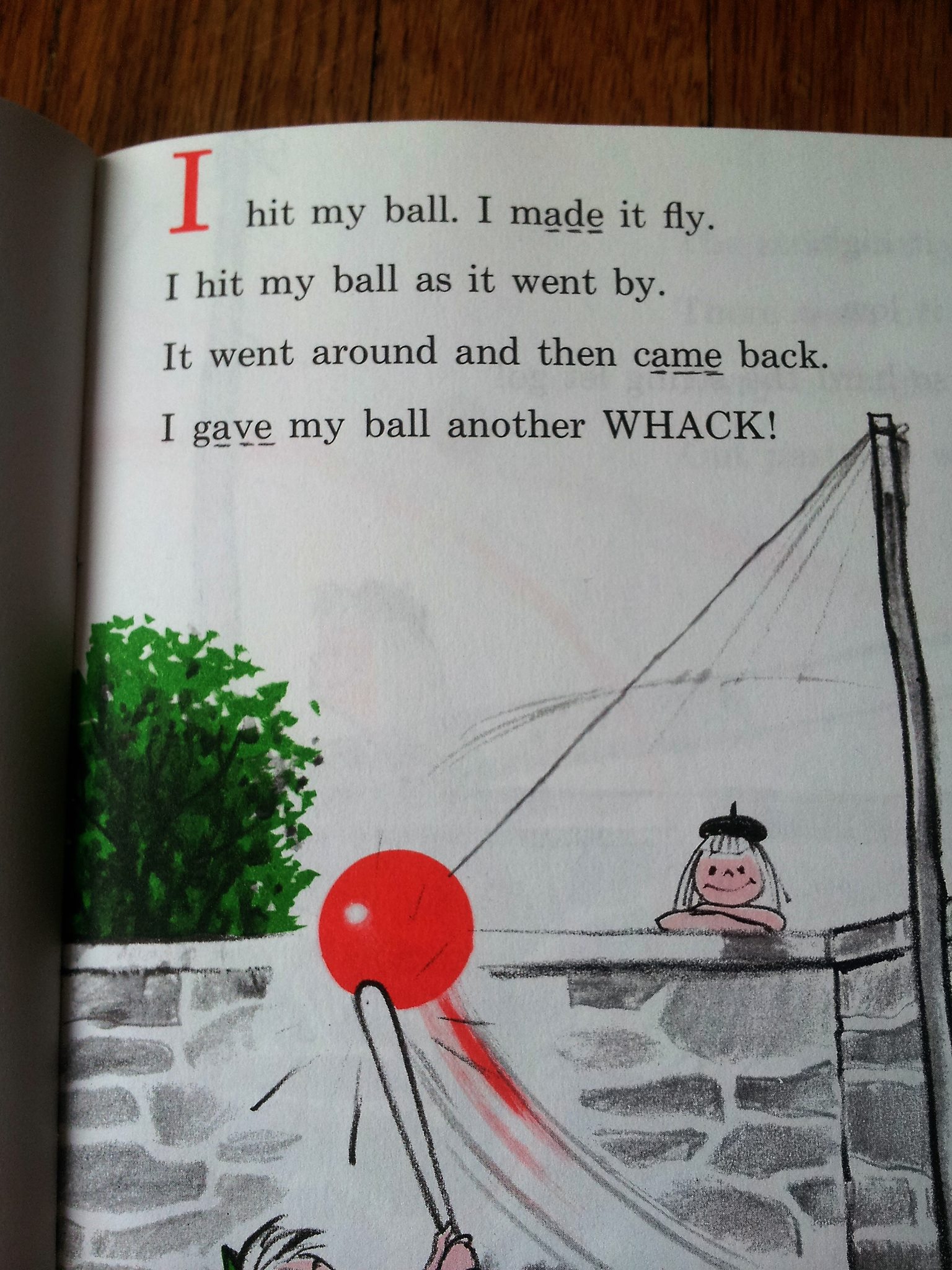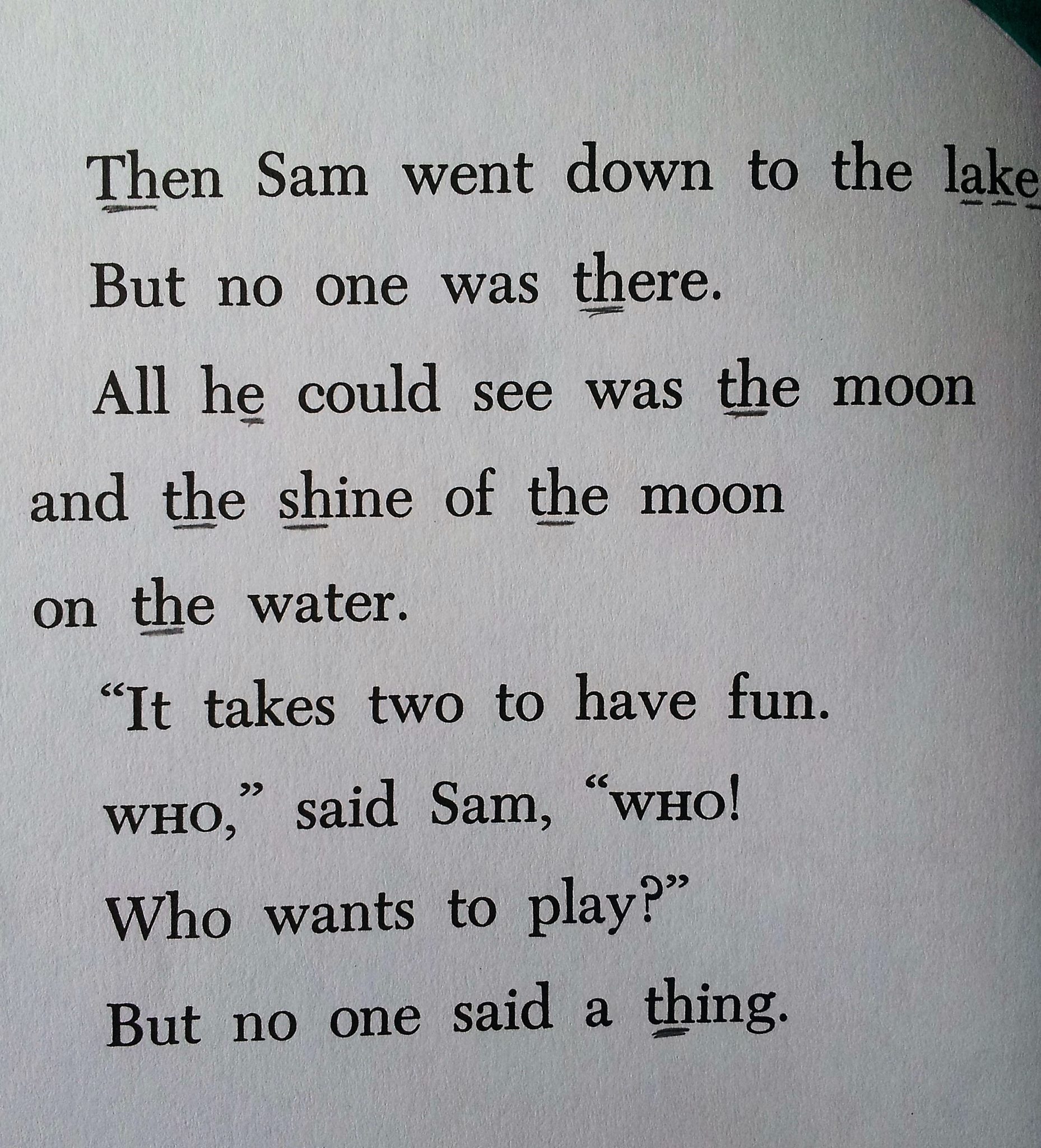Let’s Get Started
I’ve established that simply telling children, “English spelling doesn’t make sense, just learn it,” doesn’t work for me. I have also asserted that teaching phonics is essential. After my foray into a bit of the history of English, someone commented, “Fine, but I still don’t know how to teach spelling.”
All right then, let’s get basic:
Phonics is a system of correlating letters to sounds. Phonograms are the representations of sounds in the spoken language. The most basic representations in English are the consonants that have only one sound each: b, d, f, h, j, k, l, m, n, p, r, t, v, w, x, z.
C has two sounds, k and s.
G has two sounds, g and j.
There are rules that are almost surefire ways of telling which of the two sounds to use. We’ll get to that.
S may make either the s sound or z. There are also, um, shall we say, “markers”, that often tell us which sound to use.
Q is always followed by u to make the kw sound. (Sometimes a k sound in words derived from French. bisque)
X always sounds like ks except at the beginning of a very few words.
Y acts as a vowel when it follows a consonant. It is a consonant when it precedes a vowel. It may sound like y, ĭ (short sound of i), ī (long sound of i), or ē.
Of the single letters, the vowels can be the most confusing to teach and to learn. We know that e sounds like eh more often than ee, but we need to know how to explain when it’s different and why. The same goes for the rest of the vowels, a, i, o, and u. Each has a name the sound of which it is seldom able to make by itself. That is what I tell my students. The vowels need help saying their names.
Before we talk about each of those poor vowels individually, let’s start with our oh, so helpful final silent e. An e at the end of a word is silent unless it is the only vowel in the word, such as: be, me, we, she, he, the. Otherwise, it will be quietly doing at least one of five possible jobs. Sometimes it does more than one at once.
1. In a vowel, consonant, vowel (VCV) pattern, it makes the previous vowel say its name: cake, name, dime, nine, dome, cure, tube.
When we do spelling on the board in class, we mark these words this way – c a k e – and say, “Vowel, consonant, vowel, the e is making the a say its name.”
2. “V, u, job two.” English words do not end with v or u. The e is there to keep that from happening.
An exception to this is our very common you. I suppose this goes back to the original pronunciation, and the lack of any good ideas for what else to stick on the end. Sticking an e on the end would have made for a very odd combination of vowels, harder to figure out than it already is. (youe)
In all the words I can think of that end with ve, the e on the end would originally have been pronounced as an uh sound. (have = hah vuh, dive – dee vuh) So, this rule came after the pronunciation changed.
3. “C, g, job three.” An e after c or g usually makes either consonant soft. (cage, nice)
4. Every syllable must have a vowel. A speaker of English would be unsure how to pronounce a word such as trou ble, without the final silent e (troubl).
5. The fifth job is called the “no job e.” For example, in the word are. That’s fine. We can use that one. But we know that the reason it’s there, in this case, is that originally the e was pronounced. (ar uh) There are occasions when there seems to be no explicable reason for the e. It’s possible that at some time some unknown scribe decided a word just looked funny without something else on the end.
So, here’s how I would begin if I were teaching one of my own children. I would start with the single sound consonants. You can do this by making flashcards, writing on an erasable marker board, drawing in a tub of sand or on a steamy mirror, printing worksheets from the internet, or whatever works for your child who is ready to learn.

When I read with my own children, after I had taught the letters, I would point to the words as I read a simple book, stop each time I came to the word “I”, and wait for the child to say, “i”. Then I explained that i is a letter and a word when it’s by itself like that.
Another day, I would do the same thing with “a”, making sure to point them out in capitals and lowercase.
I also did this with the word “the” because it is so common that spotting it needs to become second nature. It’s considered a sight word, but this is a good time to teach the sound of “th”, because that becomes necessary so quickly in basic reading. (this, that, these, those)

It is also an opportunity to point out the limited number of words in which the e at the end of a word is the only vowel, therefore, it says its name. Your child will already know the w sound needed to figure out “we,” the h for “he,” the b for “be,” and the m for “me.”
Use this opportunity to teach the phonogram sh so you can teach “she.” I have no qualms about lightly underlining phonograms in a book so a child can see that it’s sh rather than two letters with separate sounds, ss – huh. You can erase later.
Along with this, one thing should naturally lead to another, and you will find yourself teaching the consonant, vowel, consonant (CVC) words. (mom, dad, man, can, etc.) Once children start learning letter sounds, they usually start trying to work these out on their own.
The Writing Road to Reading, the program I use at school, refers to the short sounds of the vowels as “first sounds.” Not only are they the sounds each vowel can make without help from other vowels, they are also naturally the first sounds you will teach with the simple CVC words. It doesn’t matter whether you prefer to call them short sounds or first sounds as long as you are consistent. However, in subsequent articles, I will use the term “first sound.”
One last note: When you begin to write the alphabet with your child, please teach the lowercase letters first or along with the uppercase. They will see the lowercase letters most often and need to be able to recognize them in order to read books. It’s easier to teach both than to have to reveal later that, though you’ve only taught recognition of uppercase, there are 26 more letters to learn.
I’m so excited that you are going to get to see your child’s eyes light up as he learns to read his first words.
Spelling Series Articles:
A Severely Abbreviated History of English